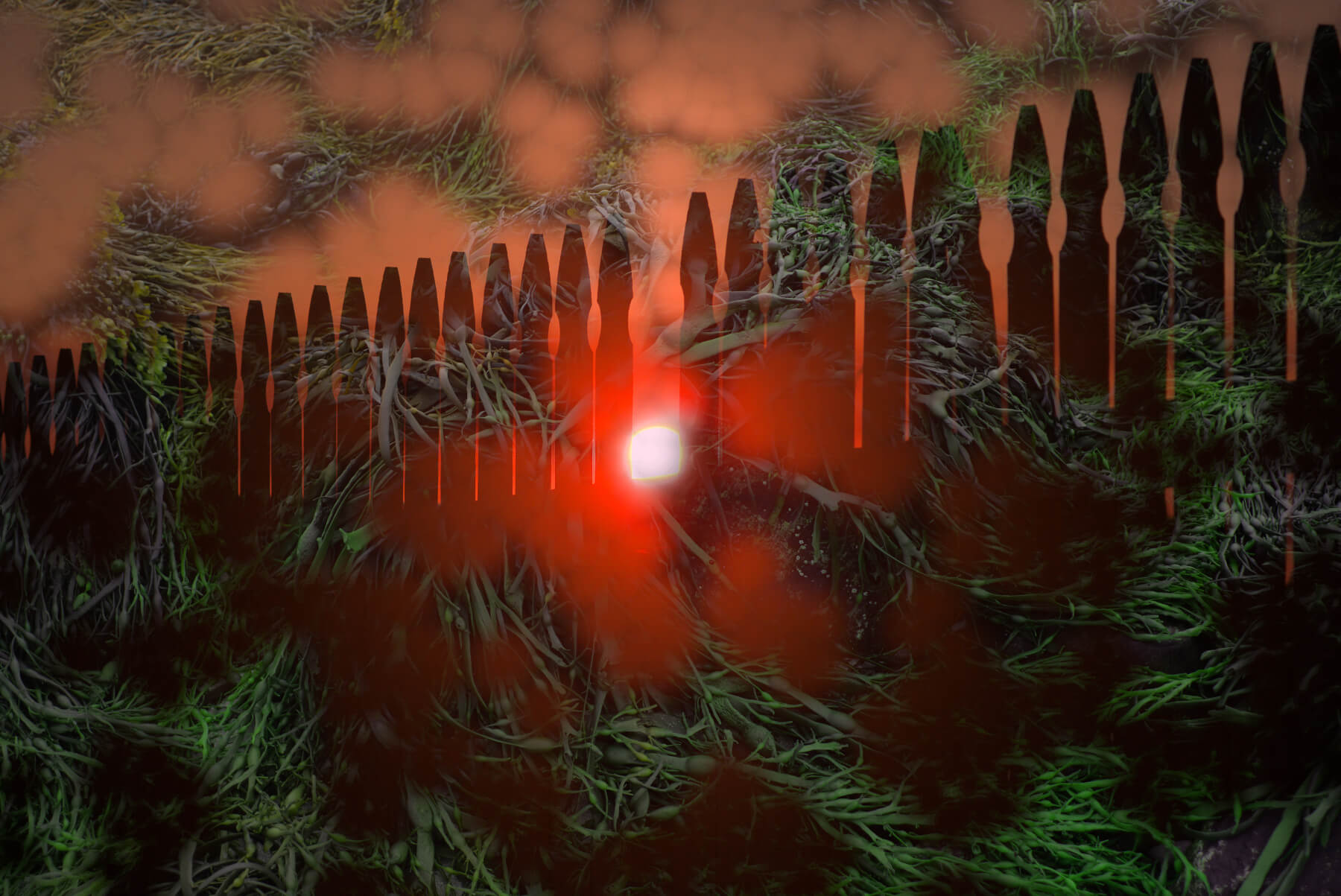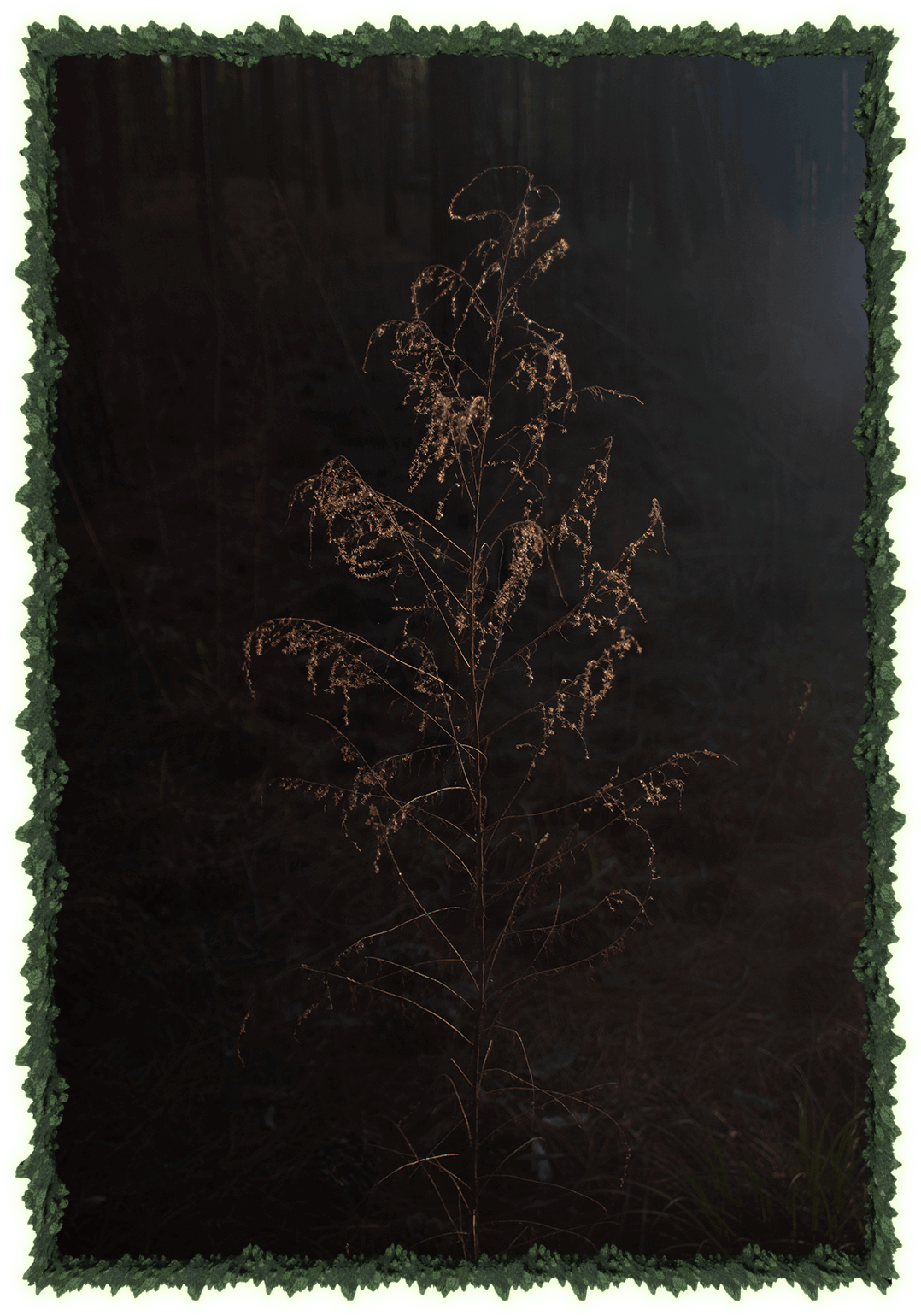


Artist Statement
My current artistic practice is backgrounded by pet interests in the fields of computational systems biology, architecture and design, and computer graphics programming. In a sentence, my practice explores methods from computer graphics to simulate natural form and manipulate original photographic documentation of ecology in the spirit of approaches to utopian ideal in the history of design. Image-making for me is predominantly formulated as design research, wherein products are intentionally reducible to a series of well-defined instructions for reproduction of their artificial form.
Conceptually, my imagery investigates overlapping themes in natural pattern formation and decorative pattern, the life cycle, and the idea of self-similarity within the nature-culture dichotomy. Scientific paradigm is increasingly interested in interpreting the behavior of natural systems in terms of information processing, while patterns in nature have been regularly utilized as decorative elements throughout design history — for example, ornamental acanthus leaves circumscribing Corinthian order capitals, bordering illuminated manuscripts, and spread across William Morris' textiles and contemporary fashion items. This application of pattern may appear superficial. However, references to patterns in nature imply homeostatic strategies essential to life involving self-reflection and growth, or balance between steady state repetition and novelty.
While these ideas built-in to tessellating form bear a unique aesthetic and cerebral appeal, their basic constituent units lend to advantages in fabrication. Patterns are fundamentally modular systems of interdependent geometric relationships, and therefore reproduction of their essential units is a method for leveraging production efficiency. No doubt evolutionary processes embrace pattern to minimize the need to store design information while maximizing creative potential.
My work is about making an inquiry into meanings of natural, often botanical, form as a universal thematic element in ornamentation, and exposing this artisanal tradition to contemporary perspective gathered from scientific insight and computer modeling. I am currently pushing my work in the direction of deeper entanglement with image-making methods borrowed from computational biology. I have contended directly with some techniques from this field, and aim to broaden its influence in my work past being an interstitial, thematic device. Similarly, I want to be more direct in making visual cues to pattern design in the history of the decorative arts. And, ultimately, I hope to master manual art-making techniques for materializing computationally conceived imagery to stay engaged in artisanal tradition.


